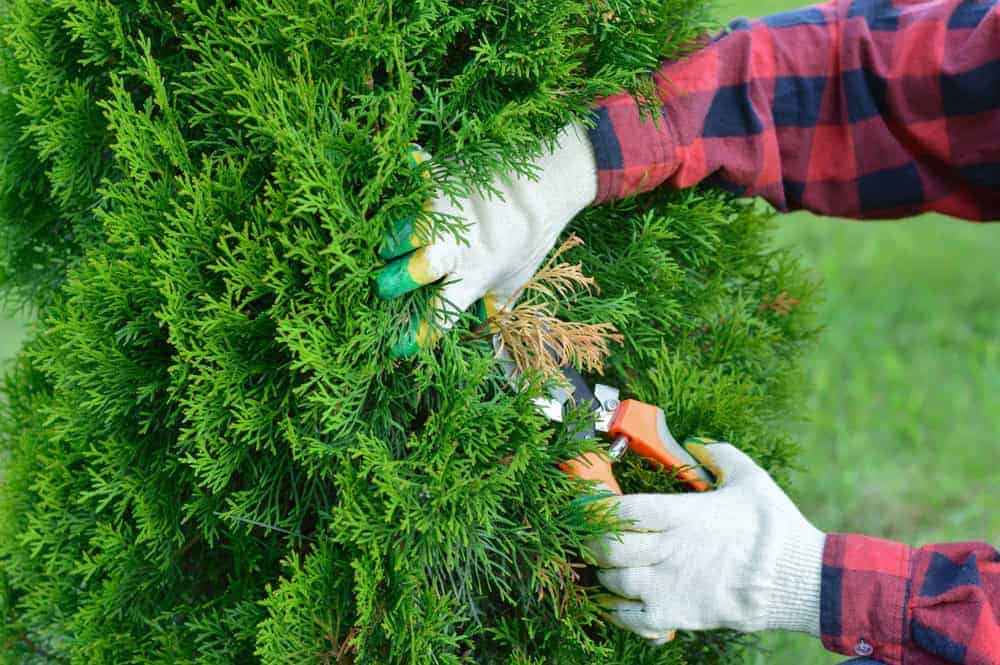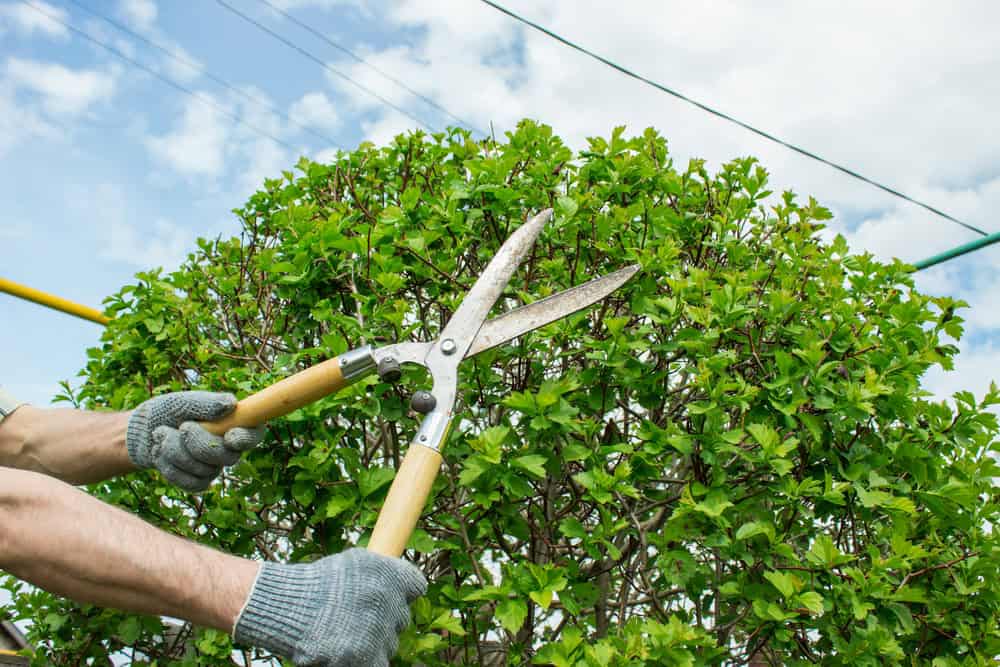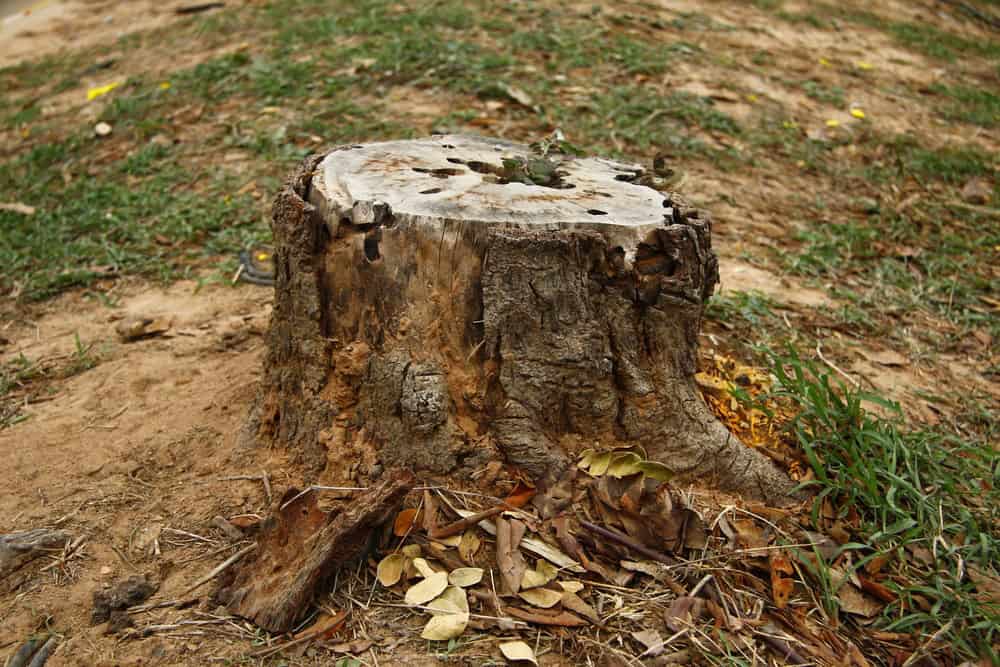Understanding the Process of Stump Grinding and Its Impact on Soil
What is Stump Grinding?
Stump grinding is a method used by tree care professionals to remove tree stumps left behind after a tree has been cut down. This process involves a machine known as a stump grinder, which has a spinning blade that chips away at the wood until the stump is significantly reduced. This service is essential in Suffolk County, NY, to maintain clear and usable land, enhancing both aesthetic appeal and property safety.
In Suffolk County, where homeowners value their outdoor spaces, removing unsightly stumps is crucial for aesthetic and safety reasons. The stump grinding process not only helps in beautifying the landscape but also prepares the area for future planting or development projects. Understanding this process helps residents appreciate the importance of professional tree services and the benefits they bring to their properties.
How Long Should You Wait to Plant a Tree After Stump Grinding?
After having a stump ground down, many homeowners wonder about the right time to plant a new tree in the same spot. It is typically recommended to wait between one to two months before planting. This waiting period allows the soil to settle and stabilize after the disruption caused by the stump grinding. It also ensures that any remaining wood chips have begun to decompose, which is important for the health of the new tree.
Wood chips left from the grinding process can deplete the soil of nitrogen as they decompose, which is detrimental to new plant growth. By waiting for these chips to break down, you reduce the risk of nitrogen deficiency in the soil, creating a better environment for a new tree to thrive. Ensuring that these conditions are met before planting helps in establishing a healthy new tree in your yard.
Preparing the Soil for New Tree Planting
Proper soil preparation is crucial after stump grinding if you plan to plant a new tree. This preparation involves removing any remaining wood chips, which can interfere with the nutrient balance in the soil. Homeowners should consider adding new topsoil mixed with organic compost to enrich the soil’s fertility. This step is especially important in areas like Suffolk County, where soil conditions can vary widely.
Testing the soil for pH and nutrient levels can also offer valuable insights into what your new tree will need to succeed. Depending on the results, you may need to add specific amendments to adjust the soil conditions to be ideal for tree growth. Taking these steps ensures that the new tree will have a nutrient-rich environment conducive to strong growth and health.

Choosing the Right Tree for Suffolk County
Choosing an appropriate tree species is vital for ensuring successful growth in your local environment. Suffolk County offers a range of native species that are adapted to the local climate and soil conditions, which can significantly increase the chances of your new tree thriving. Some recommended species include the Red Maple, American Holly, and Eastern Redbud, known for their resilience and beauty.
Consulting with a local arborist, like those at Miguel’s Tree Service, can provide you with expert guidance on selecting the best tree for your specific area. Arborists can assess your property’s specific conditions and recommend a tree that will not only grow well but also enhance your landscape’s overall look and feel.
Best Practices for Planting Your New Tree
When it’s time to plant your new tree, there are several best practices you should follow to ensure its healthy growth. Start by digging a hole that is twice as wide as the root ball of the tree but no deeper. This allows the roots ample space to spread without forcing them too deep into the ground, which can stress the tree and lead to growth issues.
Make sure the root collar of the tree, where the roots meet the trunk, is just above the soil level when placed in the hole. This positioning prevents water from accumulating at the base of the trunk, which can cause rot and other health problems. Following these planting guidelines will help establish a healthy foundation for your tree, allowing it to grow strong and stable.
Long-Term Care and Maintenance
The care for your tree does not end once it is planted. Ongoing maintenance is crucial to ensure that your tree remains healthy and vibrant. This includes regular watering, especially during the first few years as the tree establishes itself. Applying mulch around the base can help retain moisture and regulate soil temperature, further promoting healthy growth.
Regular pruning is also necessary to shape the tree and remove any potentially dangerous limbs. Additionally, keeping an eye out for signs of pests or disease can help catch any issues early before they become severe. Seasonal inspections by tree care professionals, such as those from Miguel’s Tree Service, can provide the necessary care and advice to keep your tree thriving for years to come.




